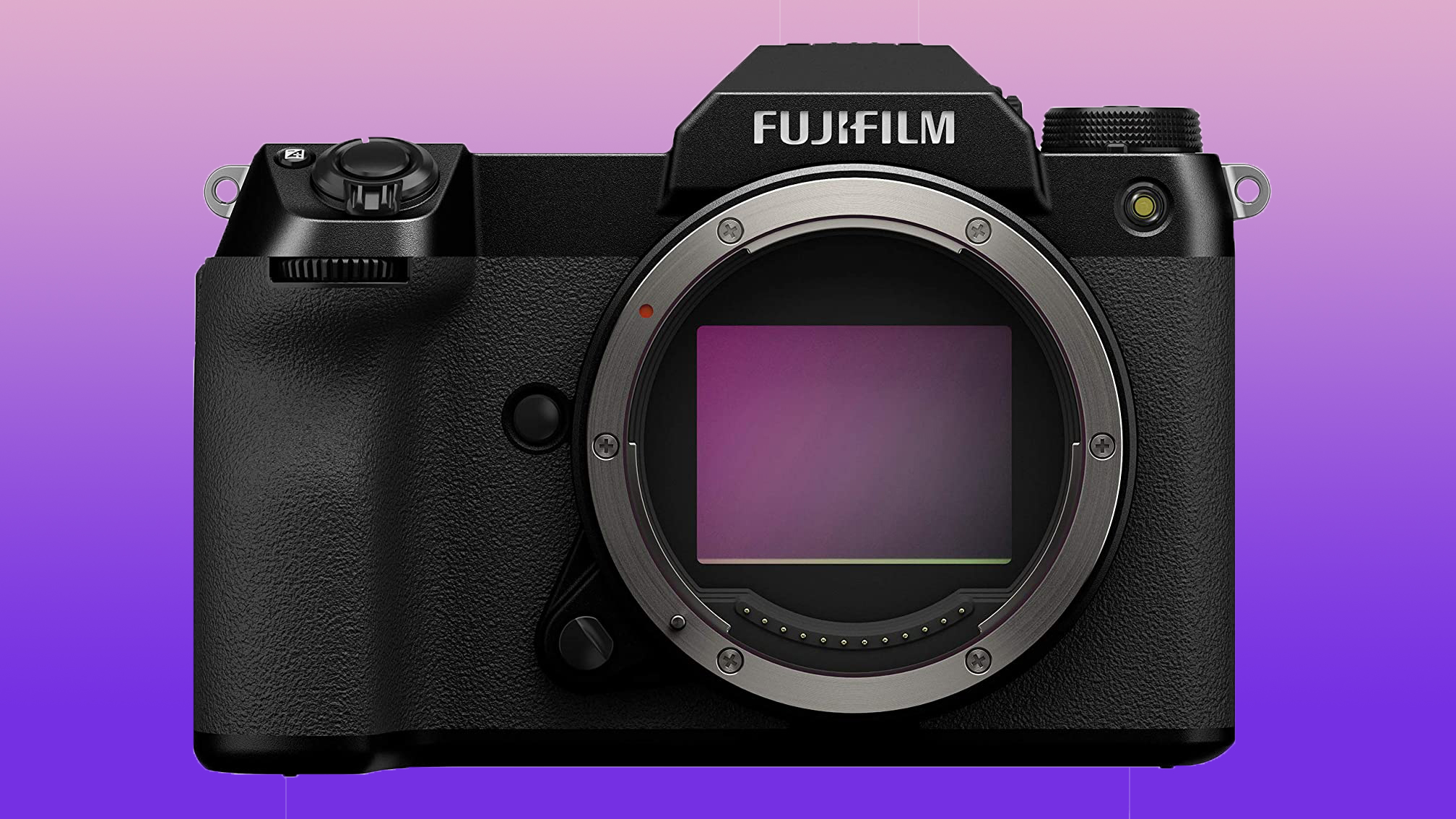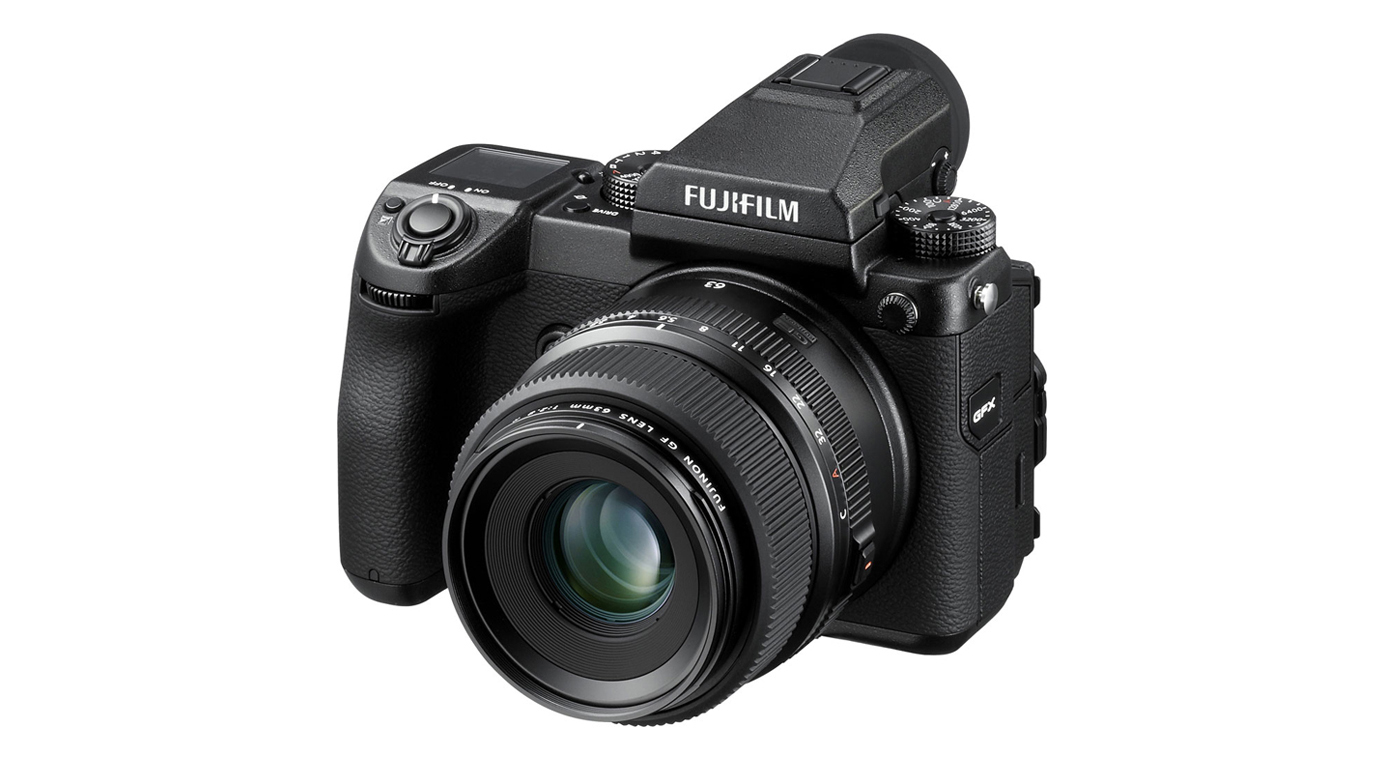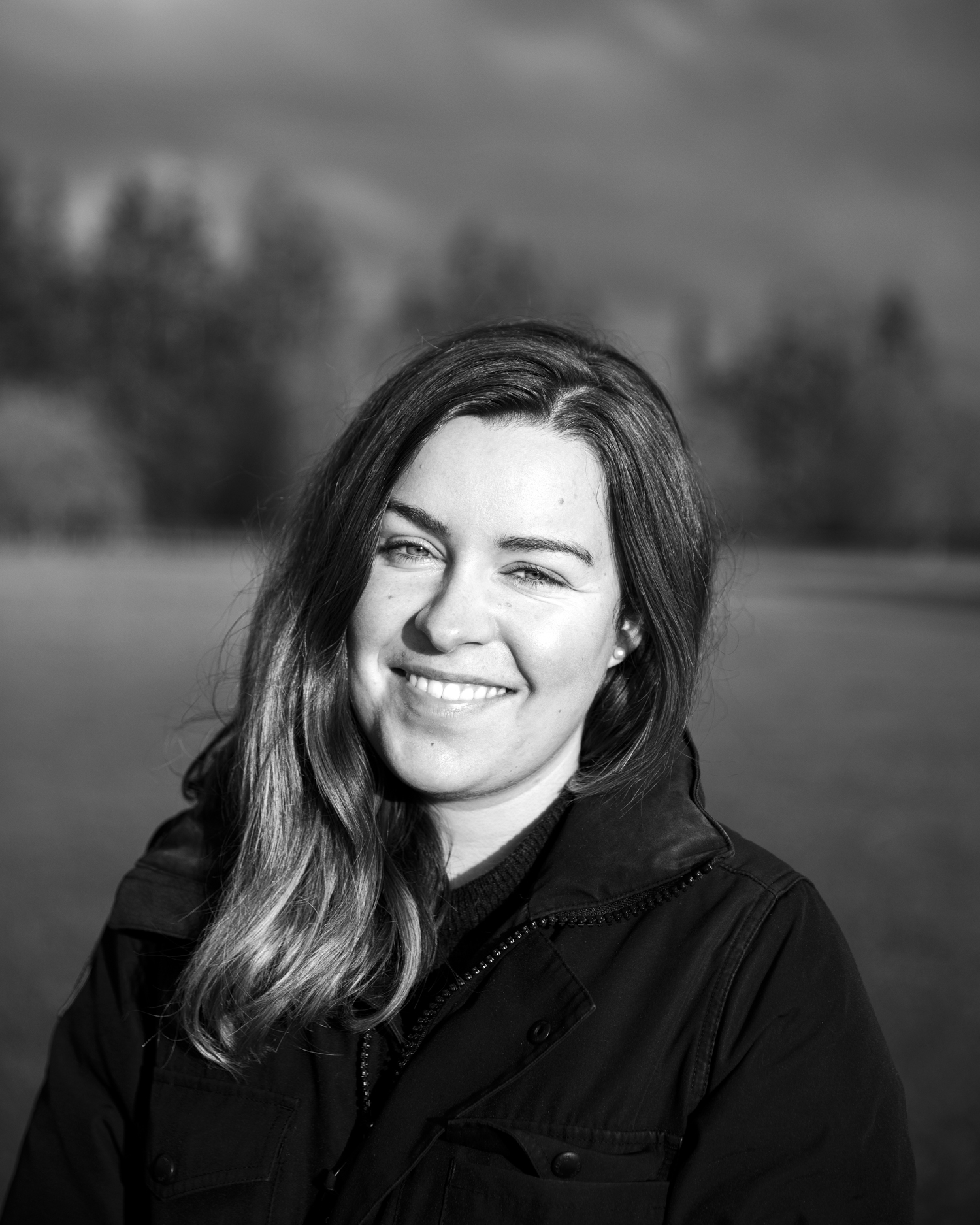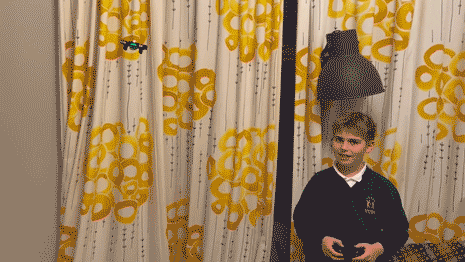The Fujifilm GFX 50S is not beautiful to look at but it's the perfect camera for me
Pro photographer Paul Sanders shares his advice and insights when it comes to buying a medium format camera

The best medium format cameras are capable of capturing exquisite detail and resolution, and while they've been known for their higher price in the past, today they often challenge the best full frame cameras on price.
• Read more: What is the medium format look and why does it matter?
Professional photographer Paul Sanders is a specialist in mindful landscape imagery – most often in black and white – and he has already provided many tips for mindfulness in photography. We wondered, can the camera you choose to use make you more mindful? Paul changed to Fujifilm's medium format camera system years ago, but should you do the same?
Here are his thoughts on the Fujifilm GFX 50S, which has now been replaced by the very worthy Fujifilm GFX 50S II.

A former Reuters photographer and picture editor for The Times, now an acclaimed fine art landscape photographer, Paul leads photographic tours and iPhoneography courses, as well as one-to-one workshops for people with mental health issues. www.discoverstill.com
Firstly why do you want a medium format camera? If it is because you think you’ll be a better photographer then stick with what you’ve got. If you want higher resolution files with beautiful detail and tonal rendition then start by going along to some demo days, where you can get hands on with the cameras and speak to photographers or staff who use them.
Find one that feels right in your hand before you start pixel-peeping – the feel will determine whether you actually use it. After you decide it feels good, then look at the menu setup – is it simple to navigate, are there too many options, too many buttons to press? All of these things are relevant to any camera, but with medium format small frustrations are magnified.
My Fujifilm GFX 50S is perfect for me. It has the balance and poise I like. It’s not beautiful to look at, but that is irrelevant. The lens quality, file quality all out weigh what it looks like.
The best camera deals, reviews, product advice, and unmissable photography news, direct to your inbox!
If you want to shoot with a mindful, quality-over-quantify workflow then medium format will help you achieve this. The GFX feels like shooting film – even the frame advance sounds like film going through it – so I always have in mind that each shot is precious and not to be wasted. If you are going to invest then also buy just one lens – I had my GFX with the 32-64mm zoom and it has been a joy to use, it covers everything I need mostly.

Read more:
The best professional cameras
The best mirrorless cameras
Fujifilm GFX50S II review

Lauren is a writer, reviewer, and photographer with ten years of experience in the camera industry. She's the former Managing Editor of Digital Camera World, and previously served as Editor of Digital Photographer magazine, Technique editor for PhotoPlus: The Canon Magazine, and Deputy Editor of our sister publication, Digital Camera Magazine. An experienced journalist and freelance photographer, Lauren also has bylines at Tech Radar, Space.com, Canon Europe, PCGamesN, T3, Stuff, and British Airways' in-flight magazine. When she's not testing gear for DCW, she's probably in the kitchen testing yet another new curry recipe or walking in the Cotswolds with her Flat-coated Retriever.
